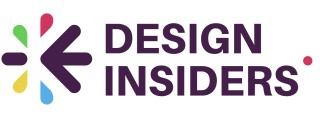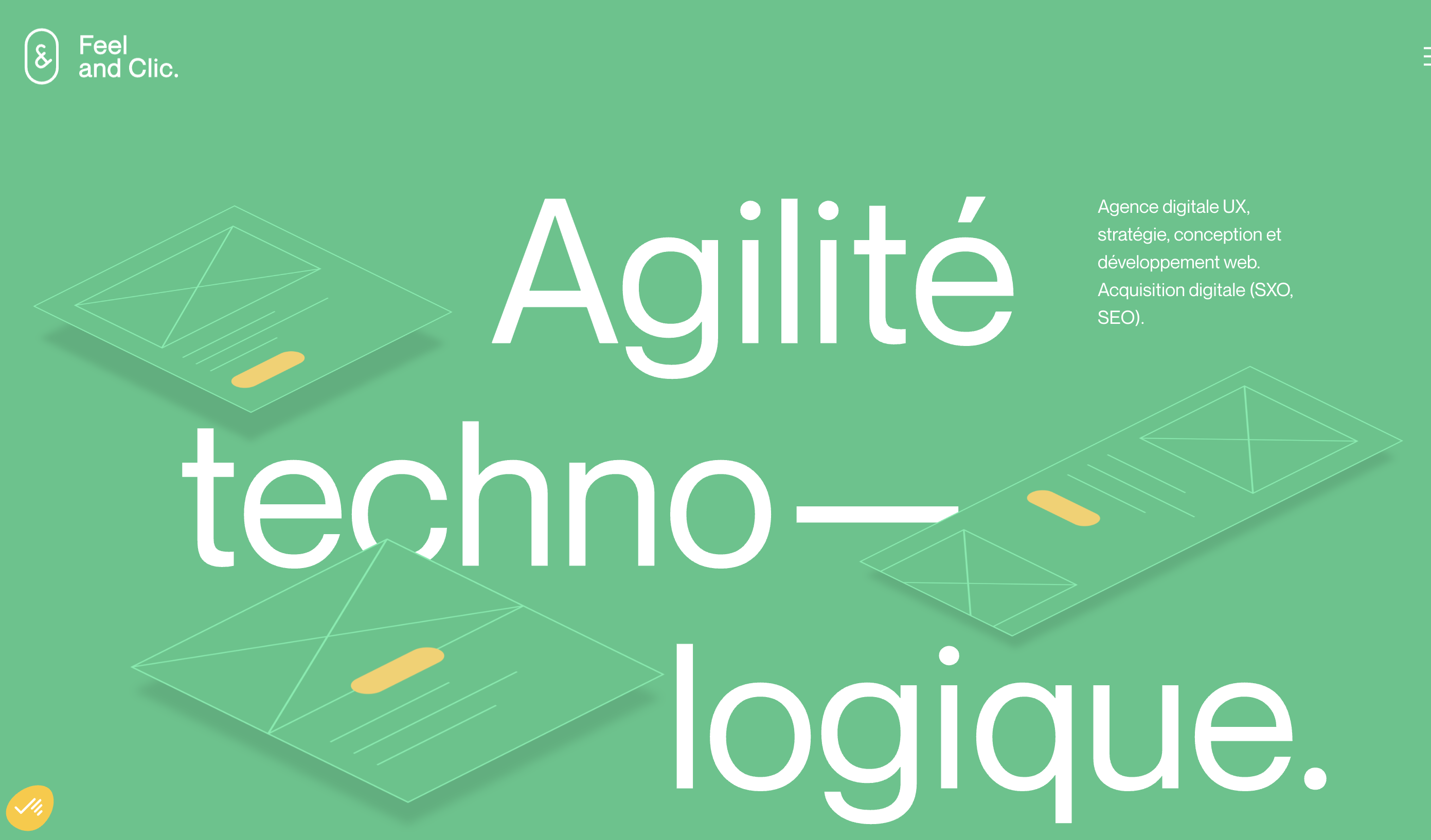
Understanding the Importance of User Feedback
The Role Feedback Plays in Logo Design
When diving into the art of logo design, understanding how your target audience perceives your work is crucial. User feedback is a valuable tool that provides a window into the expectations and perceptions that surround your brand. By seeking out feedback, designers can bridge the gap between subjective opinions and objective improvements.
Before initiating any design process, it's beneficial to know how audiences feel about your brand. Feedback is more than just a collection of subjective opinions; it brings to light the brand values that your logo needs to embody. Using logo testing as a part of your strategy can transform your concept into something that resonates with people and increases brand recognition.
Moreover, gathering qualitative insights and data-driven responses personally guides the design towards a path that will improve logo efficacy. The challenge lies in ensuring that the feedback is meaningful and directly aligns with your brand identity, setting the foundation for subsequent phases like collecting and analyzing the data.
Without a right set of questions, the insights drawn could drift away from aiding in critical design decisions. Well-structured surveys become tools to dissect audience reactions effectively, ensuring that each layer of feedback contributes significantly to refining your test logo.
To explore more about the complexities of user input within creative vectors, this understanding of non-vectorized files offers insights into potential technical challenges that can arise.
Collecting Meaningful Feedback
Gathering Valuable User Insights
When aiming to refine your logo design, collecting feedback is an essential aspect of gaining a deeper understanding of your target audience's perceptions and preferences. The process of gathering meaningful feedback involves a strategic approach to ensure that the insights gained will indeed improve logo effectiveness and alignment with your brand identity.
To start, consider deploying surveys and interactive sessions that will articulate the strengths and weaknesses of your existing logo. Be sure to ask targeted questions that cover aspects like emotional response, the clarity of brand values, and overall aesthetic appeal. This method not only helps in collecting quantitative data but also taps into qualitative insights that provide subjective opinions—often crucial in the design process.
Engaging with your audience through these feedback mechanisms allows you to gather data-driven insights that highlight the key metrics impacting your brand recognition. While collecting feedback, it's beneficial to incorporate a diverse range of respondents to ensure that the insights reflect a broad spectrum of viewpoints. This can include loyal customers, industry peers, and even individuals unfamiliar with your brand to see if the logo testing resonates universally.
Additionally, leveraging tools like focus groups can enhance the reliability of your feedback. These sessions provide an environment conducive to honest and expansive discussions about your logo design, often revealing nuances that simple surveys might miss.
Finally, ensure that your feedback collection is well-timed throughout the design process. Too early, and you may not have enough polished variations to gather meaningful insights; too late, and you miss the opportunity to make impactful changes. Proper timing in collecting feedback ensures that the data will help guide your design testing efforts effectively, enhancing both the brand values conveyed and the overall user experience.
For more on how a graphic designer can play a pivotal role in refining logo designs through strategic feedback collection, explore the role of a graphic designer in modern design.
Analyzing Feedback for Actionable Insights
Decoding Audience Reactions
To truly uncover the value in the user feedback you've gathered, the focus should be on analyzing these insights to drive improvements in your logo design. The process is intricate, requiring a blend of critical thinking and creativity. Let’s delve into the steps that will help transform raw data into actionable insights.- Segmenting Feedback: Start by categorizing feedback according to themes or patterns. Look for recurring comments related to particular aspects of your logo—such as color choices, font stylings, or overall brand identity impressions. Grouping these observations will help you identify key areas for design enhancements.
- Quantitative vs. Qualitative: Distinguish between quantitative data from surveys, like key metrics and survey responses, and qualitative insights you gathered. Numbers can show you frequency and scale, but anecdotes and subjective opinions are essential for grasping how people feel about your brand.
- Understanding Audience and Brand: Consider who the feedback is coming from. Is the target audience the right one? Analyzing constructive input from your target demographic ensures that any changes align well with your brand values and enhance brand recognition.
- Contextualize Survey Data: Place the feedback within the context of your design goals. This helps in evaluating whether audience feedback presents a legitimate perception gap or aligns with your brand vision. Are there suggestions that fit with your existing brand strategy?
- Make Data-Driven Decisions: Data-driven insights reveal what works best for your target audience. By focusing on evidence-backed suggestions, you enhance the efficiency of your design process, ensuring you're not just implementing arbitrary changes.
Implementing Changes Based on Feedback
Translating Feedback into Design Adjustments
Once you've gathered and analyzed feedback, the next step is to translate these insights into actionable design changes. This phase is crucial in ensuring that your logo design resonates with your target audience and aligns with your brand identity. Here’s how you can effectively implement changes based on the feedback received:
- Prioritize Feedback: Not all feedback will be equally valuable. Focus on the comments that align with your brand values and those that come from your target audience. This will help you make informed decisions that enhance your logo design.
- Identify Key Metrics: Use the data collected to identify key metrics that need improvement. Whether it's color schemes, typography, or overall design aesthetics, understanding these metrics will guide your design adjustments.
- Incorporate Qualitative Insights: Subjective opinions can provide qualitative insights that are often overlooked. These insights can help you understand how people feel about your logo and what emotional responses it evokes.
- Test Variations: Before finalizing any changes, create multiple design variations. This will allow you to test different aspects of your logo and see which version resonates best with your audience.
- Iterate and Refine: The design process is iterative. Implement changes, gather more feedback, and refine your logo design until it meets the desired objectives. This ongoing cycle of feedback and adjustment ensures continuous improvement.
By systematically implementing changes based on user feedback, you not only improve your logo design but also strengthen brand recognition and ensure that your logo truly reflects your brand identity. Remember, the goal is to create a logo that not only looks good but also communicates the essence of your brand effectively.
Testing Revised Designs
Ensuring Effective Testing of Revised Designs
Testing revised logo designs is a fundamental stage in refining your brand image. After implementing feedback, it's essential to validate the changes with your target audience. This stage of the design process requires a methodical approach, allowing you to measure the key metrics that align with your brand's values and goals. Conducting logo testing through surveys can provide both quantitative and qualitative insights. By preparing specific questions, you can capture subjective opinions and more structured data from your audience. It's ideal to build surveys that not only focus on the aesthetics of the logo design but also on elements such as brand recognition and alignment with your brand identity.- Engage with Your Target Audience: Ensure you are reaching out to your target audience to gather opinions from people who genuinely interact with your brand. Their feedback logo perspectives are vital as they will help improve logo effectiveness and increase brand engagement.
- Explore Design Variations: Don't hesitate to present several variations of the revised design. This step allows you to see which version resonates best with your audience, helping you make data-driven decisions in your iterative design process.
- Evaluate Qualitative Feedback: While quantitative data from surveys is crucial, don't overlook the qualitative narratives. Comments and open-ended responses may reveal deeper insights about how your audience feels regarding the design.
- Analyze Consistently: Testing helps you identify how changes influence brand perception over time. Monitoring these shifts will help in refining your logo further and ensuring it holds up against evolving audience expectations.














